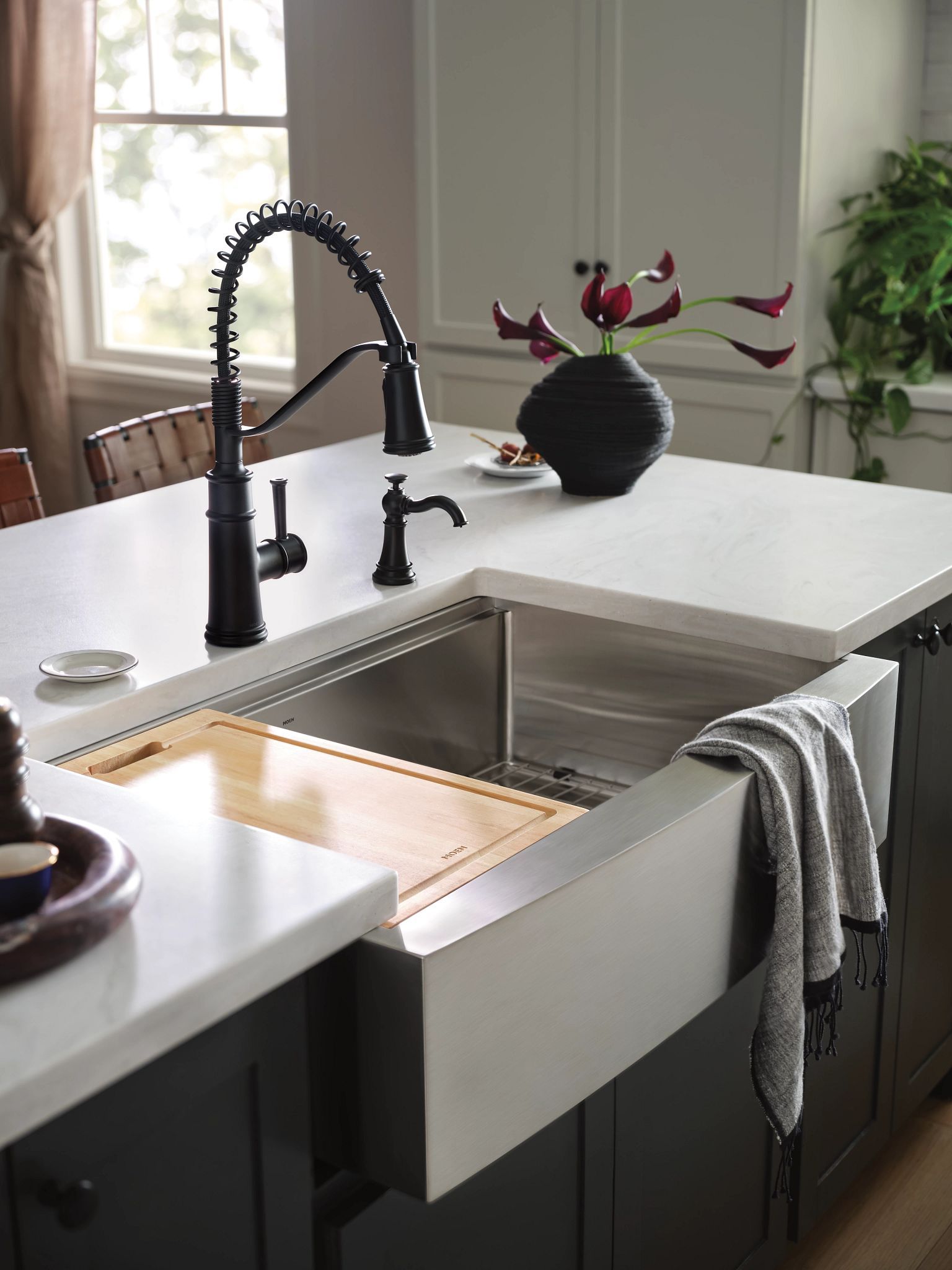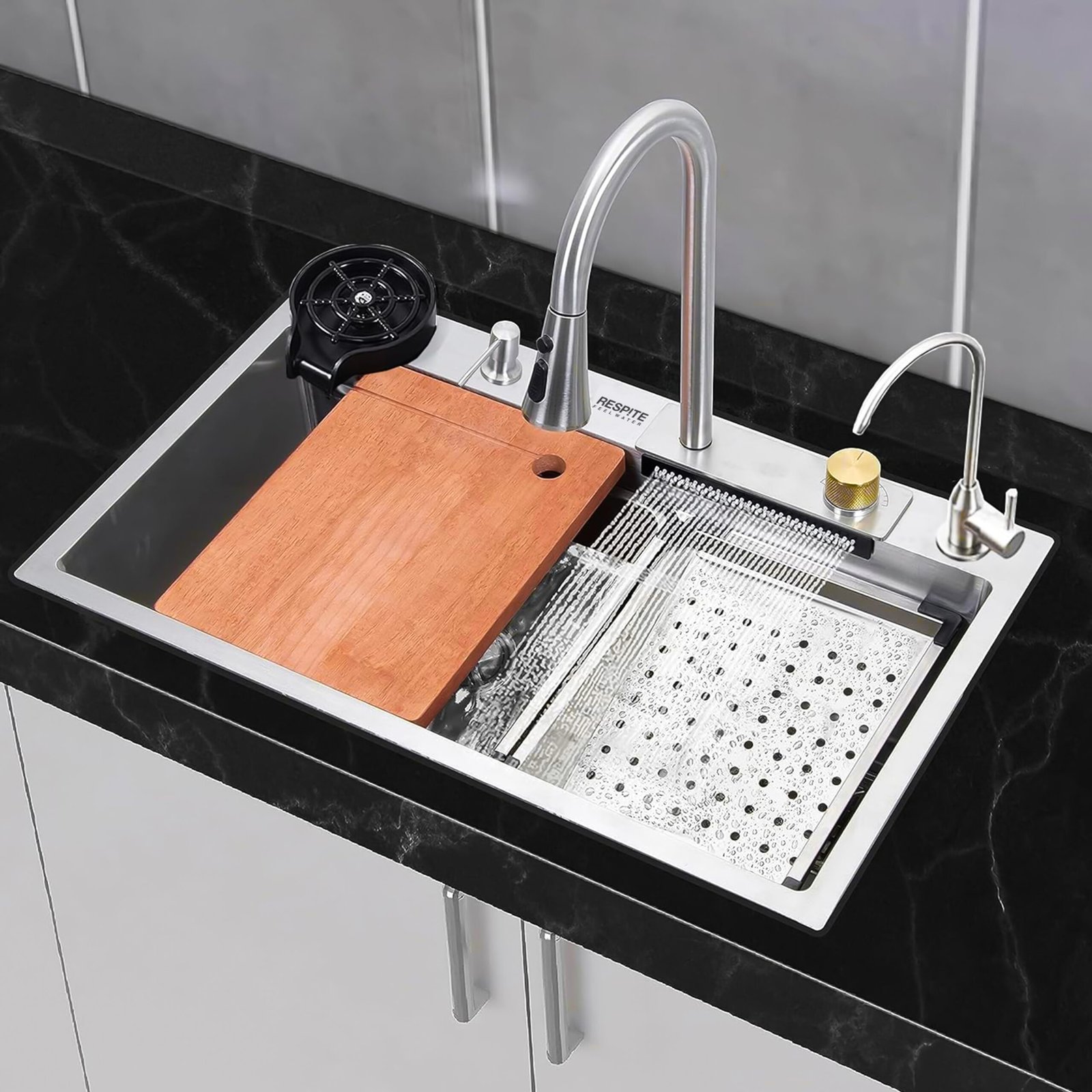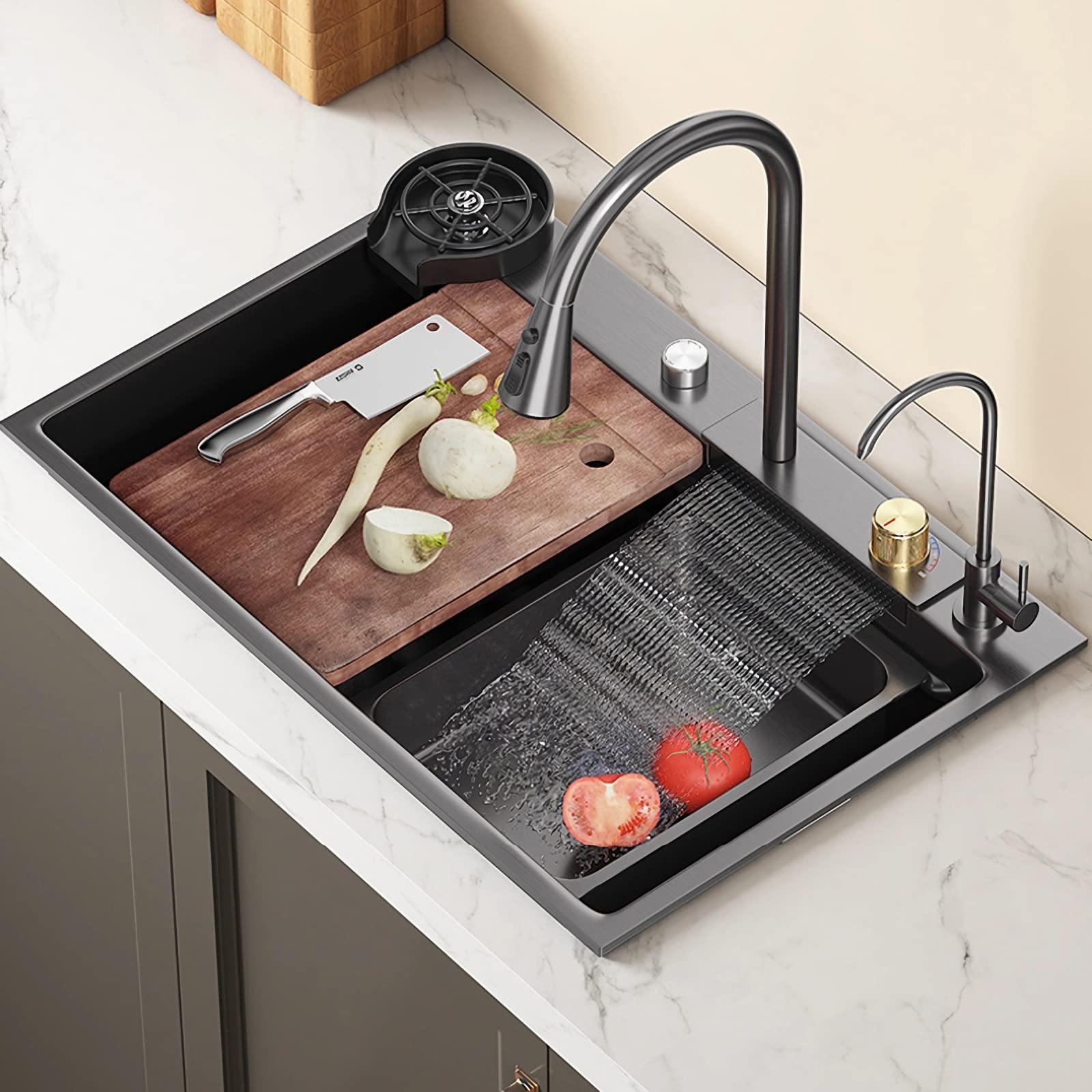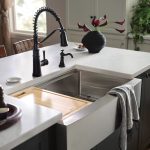I. Introduction: The Unseen Menace
A leak under the kitchen sink can be an insidious problem, often going unnoticed until it has caused significant damage or inconvenience. Concealed beneath the cabinet, this type of leak can manifest in various forms, from a slow drip to a steady stream, each with its own telltale signs and potential consequences. This article serves as a comprehensive guide to help homeowners identify, diagnose, and effectively address leaks under their kitchen sink, empowering them to tackle the issue before it escalates into a major plumbing headache.

II. Recognizing the Signs: When Your Sink Speaks
A. Visible Indicators
The first step in troubleshooting a leak under the kitchen sink is learning to recognize the subtle and not-so-subtle signs that indicate a problem. These may include:
- Water stains or dampness: Dark spots on the bottom of the cabinet or on stored items, accompanied by a musty odor, can signal persistent moisture due to a leak.
- Swelling or warping of cabinetry: Prolonged exposure to water can cause wood to swell, warp, or even rot, compromising the structural integrity of the cabinet.
- Pooling water: If you notice standing water on the floor beneath the sink, it’s a clear indication of a severe leak that requires immediate attention.
B. Auditory Clues
Leaks may also reveal themselves through unusual sounds emanating from the sink area. Listen for:
- Dripping or trickling noises: A constant dripping sound, even when the faucet is turned off, suggests a problem with the faucet itself or its supply lines.
- Hissing or gurgling: These sounds could indicate a more complex issue, such as a faulty drain system or a problem with the garbage disposal.

III. Locating the Source: A Systematic Approach
Once you’ve identified the presence of a leak, the next step is to pinpoint its source. Follow these steps for a systematic investigation:
A. Inspect the Faucet and Supply Lines
- Faucet: Check for any visible signs of wear, corrosion, or loose connections. Test the faucet by turning it on and off, observing for any water seepage around the base or handle.
- Supply lines: Examine the hot and cold water supply hoses for kinks, cracks, or loose connections at the faucet or shut-off valves. Gently tug on each line to ensure they are securely fastened.
B. Assess the Drain Assembly
- P-trap: The curved pipe beneath the sink, known as the P-trap, is a common spot for leaks due to loose connections, corrosion, or blockages. Clear any debris and check for leaks at both ends and along the body of the trap.
- Drain tailpiece and basket strainer: Ensure these components are tightly connected to the P-trap and the sink basin, respectively. Look for signs of corrosion, cracks, or loose fittings.

C. Garbage Disposal and Additional Fixtures
If your sink has a garbage disposal or other auxiliary fixtures (e.g., a soap dispenser), inspect them for leaks, paying particular attention to their connections to the sink or drain system.
IV. DIY Fixes and Professional Intervention
A. Addressing Minor Leaks
For minor issues such as loose connections, worn washers, or cracked supply lines, many homeowners can perform simple repairs themselves using basic tools and replacement parts available at hardware stores:
- Tighten connections: Use a wrench or pliers to snugly secure any loose nuts or fittings, being careful not to overtighten and risk damaging the pipes or seals.
- Replace worn parts: For issues like a leaking faucet or a damaged supply line, consult the manufacturer’s instructions or online tutorials for guidance on replacing faulty components.
B. Dealing with Complex Leaks and Professional Assistance
In some cases, leaks may stem from more complex issues, such as corroded pipes, damaged sink seals, or problems within the wall or floor. In these instances, it is advisable to seek professional assistance from a licensed plumber. They will have the expertise and specialized equipment necessary to diagnose and resolve these challenging problems without causing further damage.
V. Prevention and Maintenance: Staying Ahead of the Curve
Preventing future leaks under the kitchen sink involves regular maintenance and prompt attention to potential issues. Implement the following strategies:
A. Regular inspections: Periodically check under the sink for signs of leaks, paying particular attention to supply lines, drain components, and connections.
B. Keep the area clean and dry: Wipe up any spills immediately, and ensure proper ventilation to prevent moisture buildup and mold growth.
C. Maintain drain system: Regularly clean the P-trap and use drain cleaners or enzymatic treatments to prevent clogs and corrosion.
D. Replace worn components: Upgrade older faucets, supply lines, and garbage disposals according to manufacturer recommendations or if they show signs of deterioration.
VI. Insurance Considerations and Documenting Damage
In the event that a leak under your kitchen sink results in significant property damage, it’s essential to understand your insurance coverage and how to properly document the incident. Here’s what you should know:
A. Reviewing Your Homeowners Insurance Policy Check your homeowners insurance policy to determine the extent of coverage for water damage caused by plumbing issues. Most policies cover sudden and accidental water damage, such as from a burst pipe or a failed appliance. However, gradual leaks or damage resulting from neglect or lack of maintenance may not be covered. It’s crucial to familiarize yourself with your policy’s terms, exclusions, and deductibles to know what expenses you can expect to incur.
B. Documenting the Leak and Associated Damage Should you need to file an insurance claim, thorough documentation is key. Take the following steps to accurately record the situation:
- Photographs and videos: Capture images of the leak, the affected area (including any visible water stains, swelling, or warping), and any standing water. Include close-ups of damaged components (e.g., supply lines, P-trap, faucet) and wider shots that show the context of the leak within the kitchen.
- Date-stamped evidence: Make sure your photos and videos are time-stamped, or note the date and time when each image was taken. This information helps establish a timeline of events, which can be important during the claims process.
In conclusion, addressing a leak under the kitchen sink requires a keen eye for detail, patience in diagnosing the issue, and the willingness to undertake DIY repairs or seek professional assistance when needed. By staying vigilant, understanding the signs, and taking proactive steps to maintain your sink’s plumbing, you can keep your kitchen functioning smoothly and avoid the headaches associated with hidden leaks.


